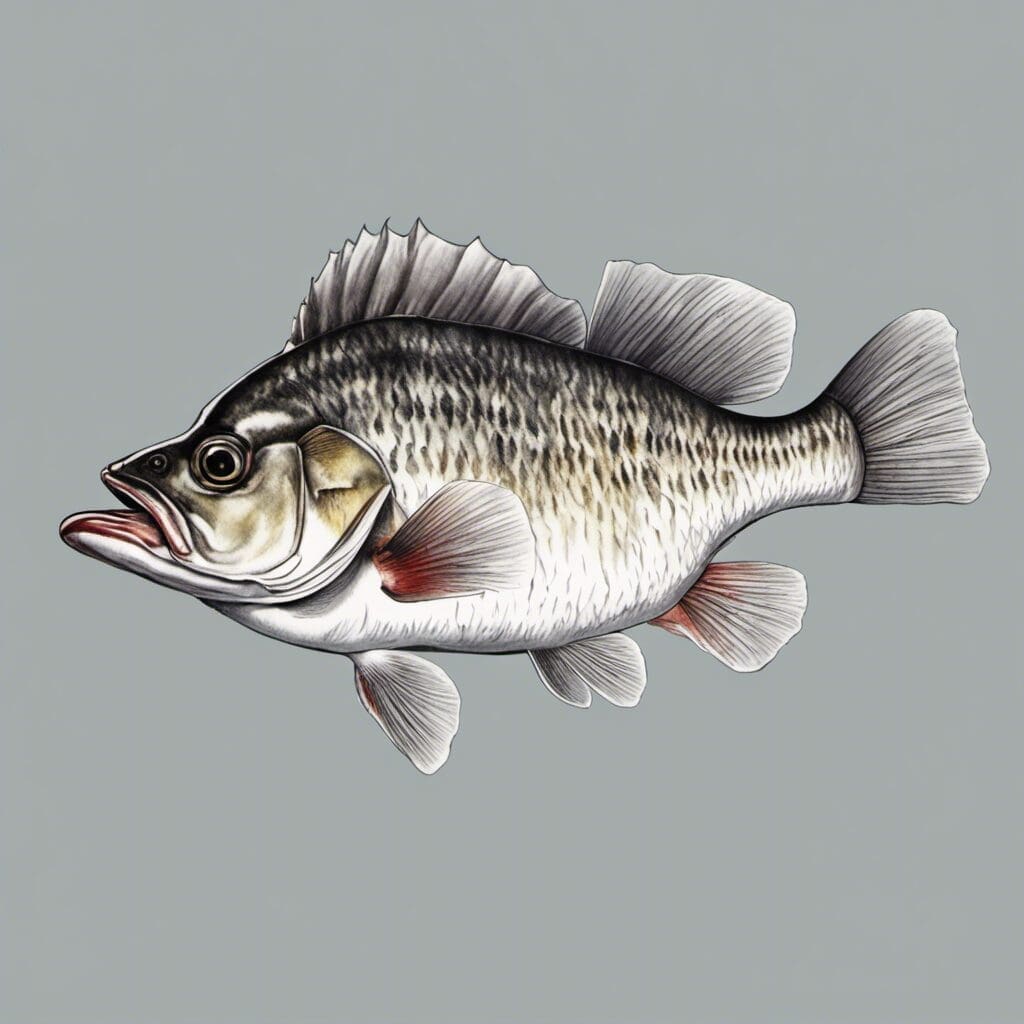Introduction
The White Perch, scientifically known as Morone americana, is a popular freshwater and brackish water game fish, hailing from the temperate bass family, Moronidae. Known for their feisty nature and palatable meat, they present a fun challenge for anglers.
Conservation Status
The White Perch is classified as ‘Least Concern’ according to the conservation status and does not warrant any specific conservation efforts at this point in time.
Statistics
| Parameter | Average | Range |
|---|---|---|
| Length | 8-10 inches | 6-12 inches |
| Weight | 0.5 pounds | 0.3 – 1.5 pounds |
| Lifespan | 10-12 years | N/A |
Distribution
Inhabiting the Atlantic coastline of North America, White Perch are located from the South Carolina up through Nova Scotia. While they are not known for migration, they do move towards deeper waters in the winter months.
Habitats
Favoring brackish water environments over freshwater, White Perch inhabit a variety of depths from shallow tidal creeks to deep offshore waters. They thrive in temperatures ranging from 60-70 degrees Fahrenheit.
When and Where to See
White Perch become most active in the warmer months from April to June. Known to be more active in the dawn and dusk hours.
Best Fishing Locations
The top locations for catching White Perch include:
- Potomac River, Maryland
- Chesapeake Bay, Virginia
- Hudson River, New York
- Lake Michigan
- Mississippi River
- Lake Erie
- Lake Ontario
- Lake Huron
- Great Bay, New Hampshire
- Taunton River, Massachusetts
How to Catch
Popular baits for White Perch include nightcrawlers and minnows along with artificial lures like jigs and spinners. They can be caught using a wide variety of techniques, including fly fishing, bottom fishing, and trolling. The best time to catch them is generally early morning or late evening during the warmer months.
Identification Guide
The White Perch is distinguished by its silvery body with a slight greenish tint on the dorsal side. They are characteristically shaped with a slightly humped back, moderate sharp teeth, and medium length dorsal fin. Their spiny dorsal fins and anal fins separate them from similar species.
Culinary
White Perch meat is firm and white with a mild and sweet taste. They can be prepared in a number of ways but are popularly fried, grilled or baked. White Perch is a great source of lean protein and low in fat.
Additional Information
White Perch are primarily insectivorous, also feeding on smaller crustaceans and fish eggs. Known predators of the White Perch include larger fish such as striped bass and bluefish, as well as birds like herons and cormorants. The White Perch has been a staple catch for fishing enthusiasts for generations, prized for its fight and taste.
References and Further Reading
For more information on White Perch, check out the following resources:

